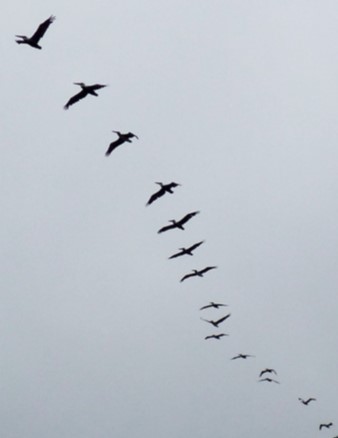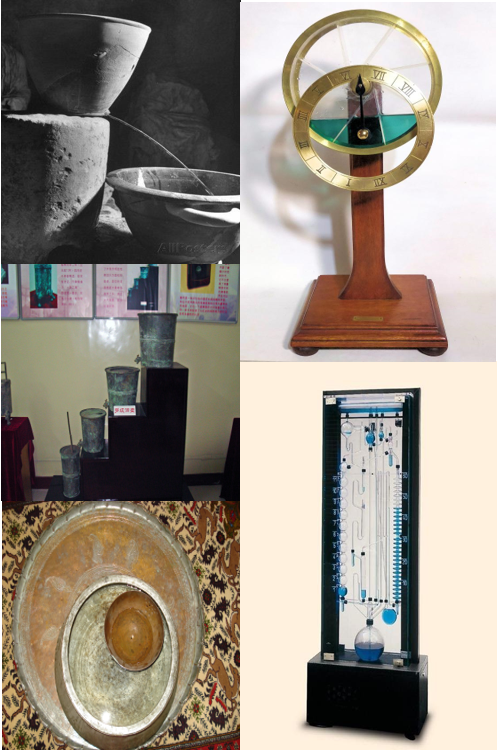Hydrodynamics of Finite-length Pipes at Intermediate Reynolds Numbers
How does water or beverage liquid flow from the lower tip to the upper tip when we are sipping through a drinking straw? A general answer is that the pressure
difference generates the flow through the straw, but many different hydrodynamic laws exist to model such flow: for example, the Hagen-Poiseuille Law characterizes
the laminar flow generated in a long thin pipe with flow rate scaling linearly with pressure drop; the Torricelli describes the flow generated through a short fat
orifice with pressur drop scaled quadratically by the flow rate; and the full Navier-Stokes Equation can be applied to study the fully developed turbulent flow
through a long fat tube. Hence, it remains to be figured out which flow regime does the flow through a straw fall into.
One may characterize the applicabilities for those laws by two dimensionless parameters: the Reynolds Numbers, which is proportional with the flow rate, and the
aspect ratio of the length of a pipe over its effective radius. Yet, a survey within NYU Applied Math Lab shows that the data in terms of the parameters do not fall
into any of those flow regimes, meaning that such flow has to fall into a completely new law. Hence, we carried out experiments to test the flow through steel pipes
of various aspect ratios, and straws made of paper or plastic for drinking coffee, soda and bubble tea. Analyzing the data, we built a math model by breaking down
the pressure drop through the development of the flow. Excitingly, this model can be applied to predict the hydrodynamic properties of a flow through a pipe in all
four regimes, including the three well-studied regimes and the newly found one.
This project was in collaboration with Olivia Pomerenk, Simon Carrillo Segura and Fangning Cao, supervised by Professor Leif Ristroph.



